The Light Combat Aircraft (LCA) Tejas Mk1A took its maiden flight from Hindustan Aeronautics Ltd’s (HAL) Nashik facility today (October 17), in the presence of Defence Minister Rajnath Singh. He is also unveiling HAL’s newly established third production line for the indigenous fighter jet’s Mark 1A variant.
These warplanes are replacing the ageing MiG-21 fighter jets, which were retired by the Indian Air Force (IAF) last month. The IAF is expected to receive its first LCA Tejas Mk1A aircraft by the end of October.
This is a significant milestone in India’s indigenous fighter jet programme.
Let’s take a closer look.
HAL’s third LCA Tejas production line
Defence Minister Rajnath Singh will inaugurate state-owned HAL’s third production line for the Light Combat Aircraft Tejas Mark 1A. The facility at Nashik will have the capacity to manufacture eight aircraft per year.
This is the third production line for the Tejas fighter jets, with two lines in Bengaluru that currently manufacture 16 aircraft annually. The Nashik plant will take HAL’s total production of Tejas jets to 24 annually. This facility was initiated in 2023 to fast-track the delivery of LCA Tejas aircraft.
Singh will also unveil the second production line for the Hindustan Turbo Trainer (HTT)-40 basic trainer aircraft.
#WATCH | Maharashtra | HAL manufactured LCA Tejas Mk 1A, HTT-40 basic trainer aircraft and Su-30 MKI flying at the inauguration of the third line of LCA Mark 1A and second line of HTT-40 at HAL facility in Nashik. https://t.co/OhSUaXT5Fo pic.twitter.com/w5fWhGoR0P
— ANI (@ANI) October 17, 2025
A senior HAL official told The Hindu earlier that the LCA Tejas Mk1A will take its maiden flight on Friday. Produced by HAL’s Aircraft Manufacturing Division in Nashik, the step is a major boost to India’s goal of becoming self-reliant in defence.
Why Tejas’ maiden flight matters
The Tejas Mark 1A variant is an advanced, multi-role fighter jet. The indigenous 4.5-generation, all-weather combat aircraft is developed by Hindustan Aeronautics Limited.
These fighter jets are designed for deployment in high-threat aerial environments. The Tejas Mk-1A boasts several upgrades over the Tejas Mk-1 version, including Israel EL/M-2025 AESA Radar, Advanced Electronic Warfare Suite with a jammer, and Beyond Visual Range (BVR) capabilities.
A homemade digital fly-by-wire flight control computer has been integrated into the Tejas jet. These fly-by-wire systems replace mechanical flight controls in an aircraft with an electronic interface.
The combat aircraft has about nine hard points to carry different types of weapons, including the Israeli-built Derby missiles and the indigenous ASTRA missile.
“The Tejas Mk1A will have an advanced electronic RADAR, warfare and communication systems, additional combat capability and improved maintenance features,” according to HAL.
The aircraft is capable of air defence, maritime reconnaissance, and strike missions.
The LCA Tejas Mk1A, the advanced version of the Mk1 aircraft, took its first successful test flight on March 28 last year.
Challenges remain
The Indian Air Force is operating much below its sanctioned strength of 42 fighter squadrons. Currently, it has only 29 squadrons.
In September, two MiG-21 squadrons were retired at a decommissioning ceremony at Chandigarh Air Force Station.
The delay in the delivery of Tejas fighter jets has further frustrated the IAF.
In February 2021, the Defence Ministry signed a Rs 48,000 crore deal with HAL for procuring 83 Tejas Mk-1A jets for the IAF. The delivery was to begin in February 2024; however, it has faced delays due to slow deliveries of F404 engines by America’s GE Aerospace.
“Hungry mouths are ready, waiting for food now," Indian Air Force Chief Air Chief Marshal AP Singh said recently, voicing concerns of the IAF. He underlined that the air force requires two squadrons — around 30 to 40 jets — produced every year to maintain optimal strength.
HAL is planning to complete the delivery of these aircraft to the IAF within four years.
In September, the Ministry of Defence (MoD) signed a contract with HAL for the procurement of an additional 97 LCA Mk1A, including 68 fighters and 29 twin-seaters, at a cost of over Rs 62,370 crore.
As per the Defence Ministry, the aircraft will contain indigenous content of over 64 per cent, with 67 additional items included. “The integration of advanced indigenously developed systems such as the UTTAM Active Electronically Scanned Array (AESA) Radar, Swayam Raksha Kavach, and control surface actuators will further strengthen the Aatmanirbharta initiatives,” it said in a statement.
Capable of tracking multiple targets, the UTTAM radar has a range of more than 200 km, which gives the aircraft a 360-degree scanned view of its surroundings, as per NDTV.
The delivery of these aircraft is likely to begin by 2027-28 and conclude over a period of six years.
With inputs from agencies


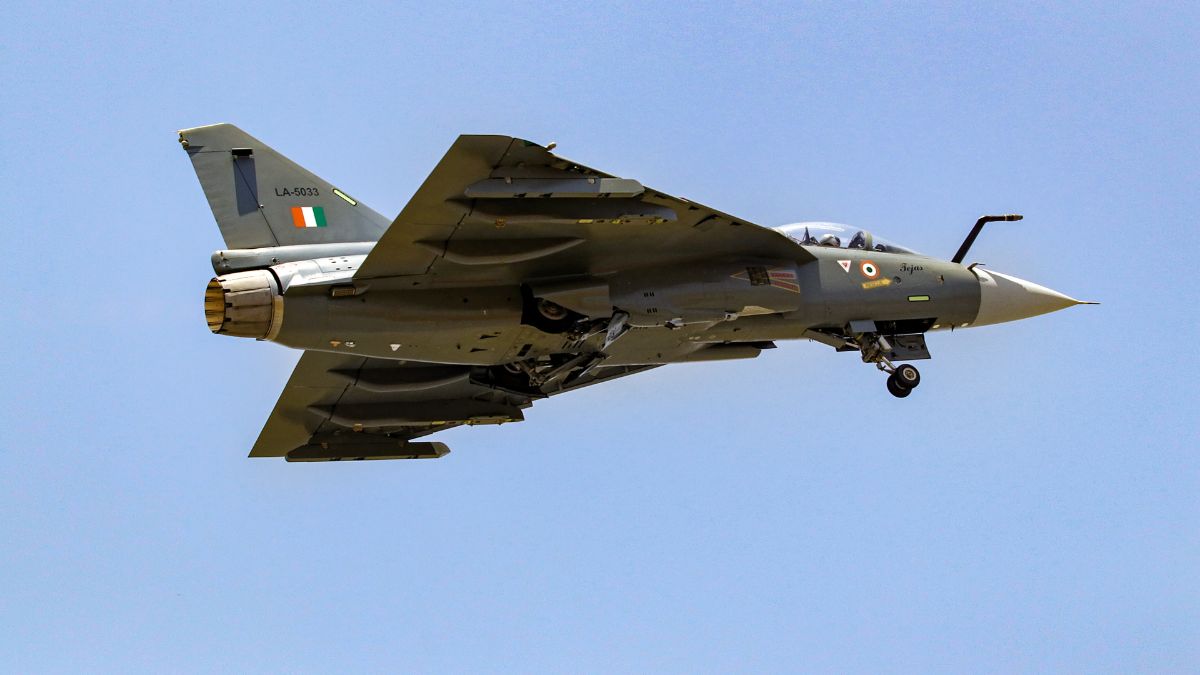)

)
)
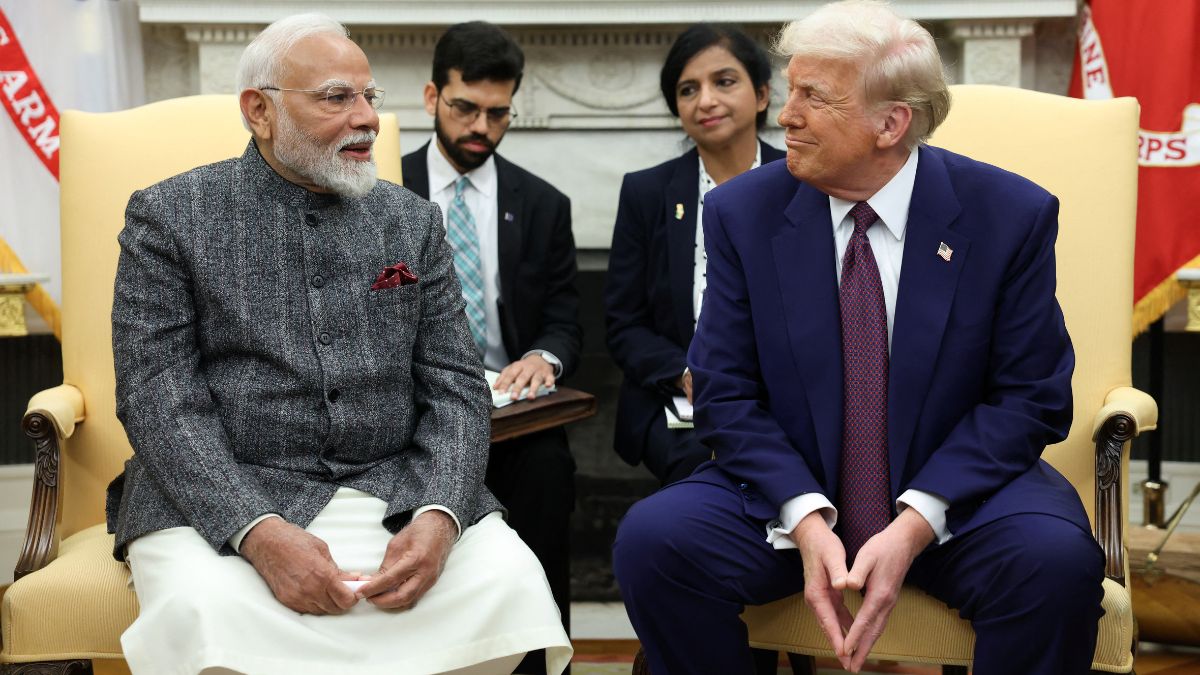)
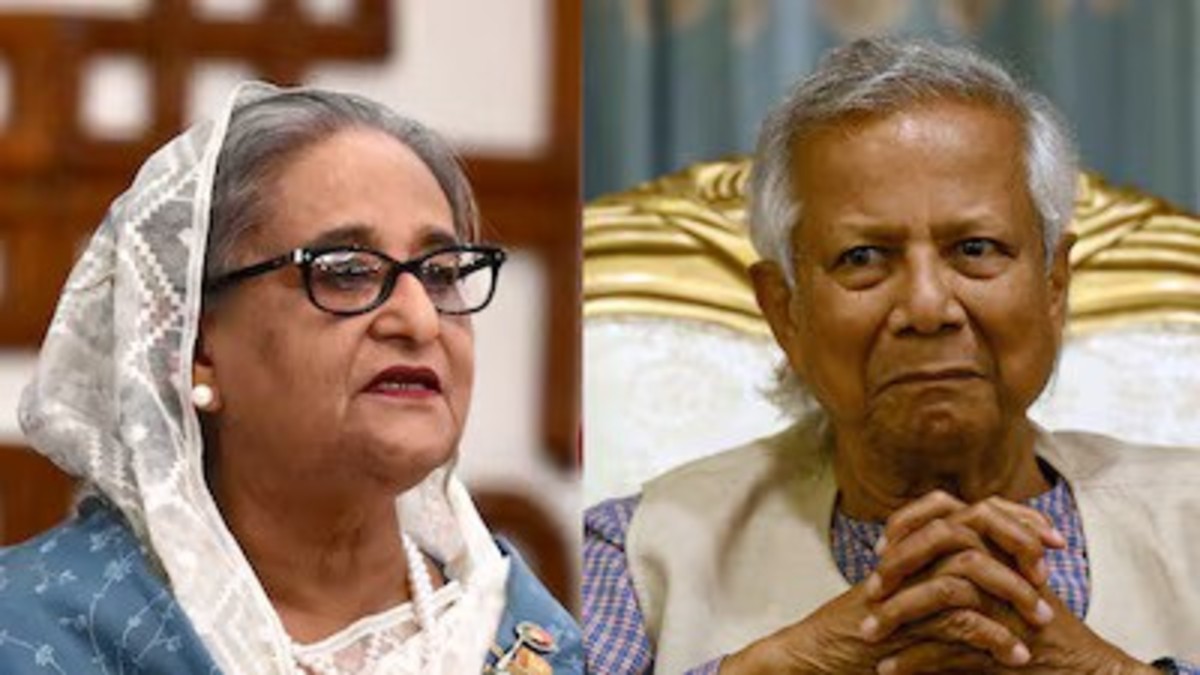)
)
)
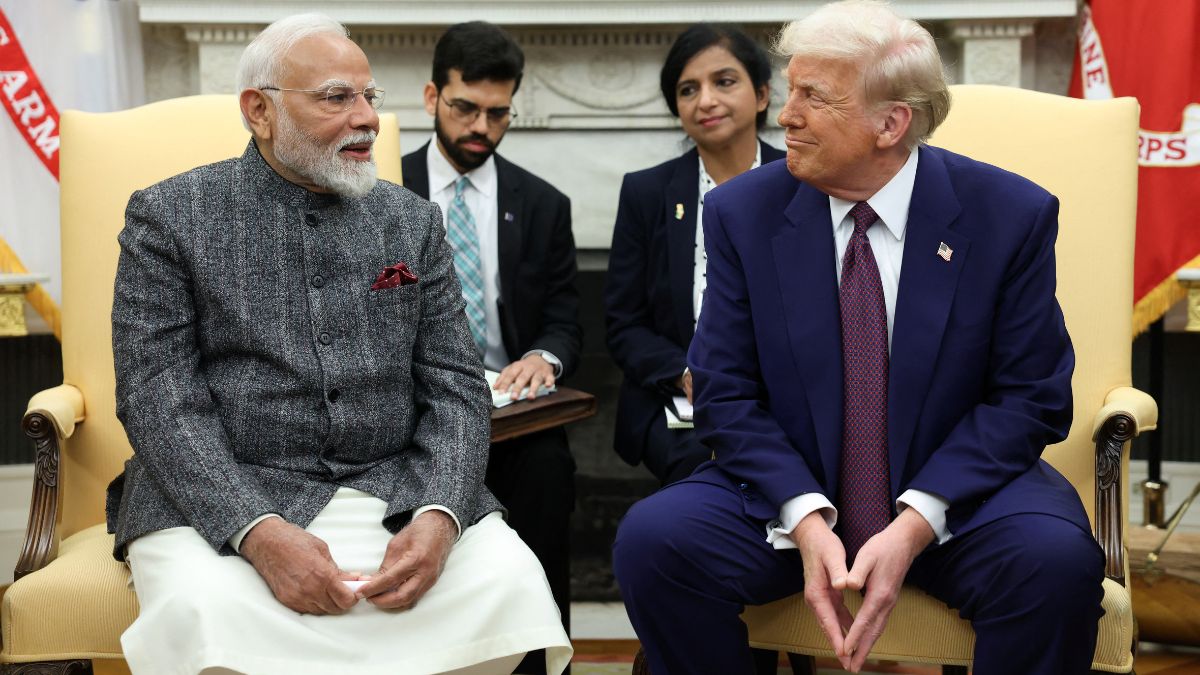)
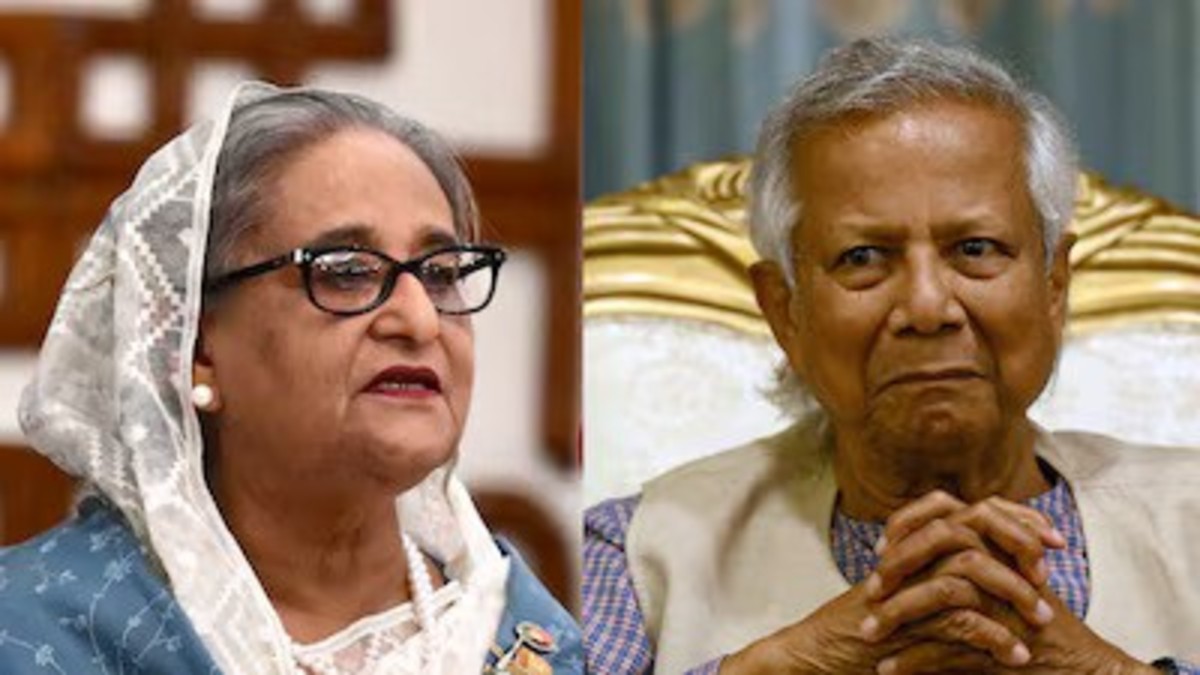)



